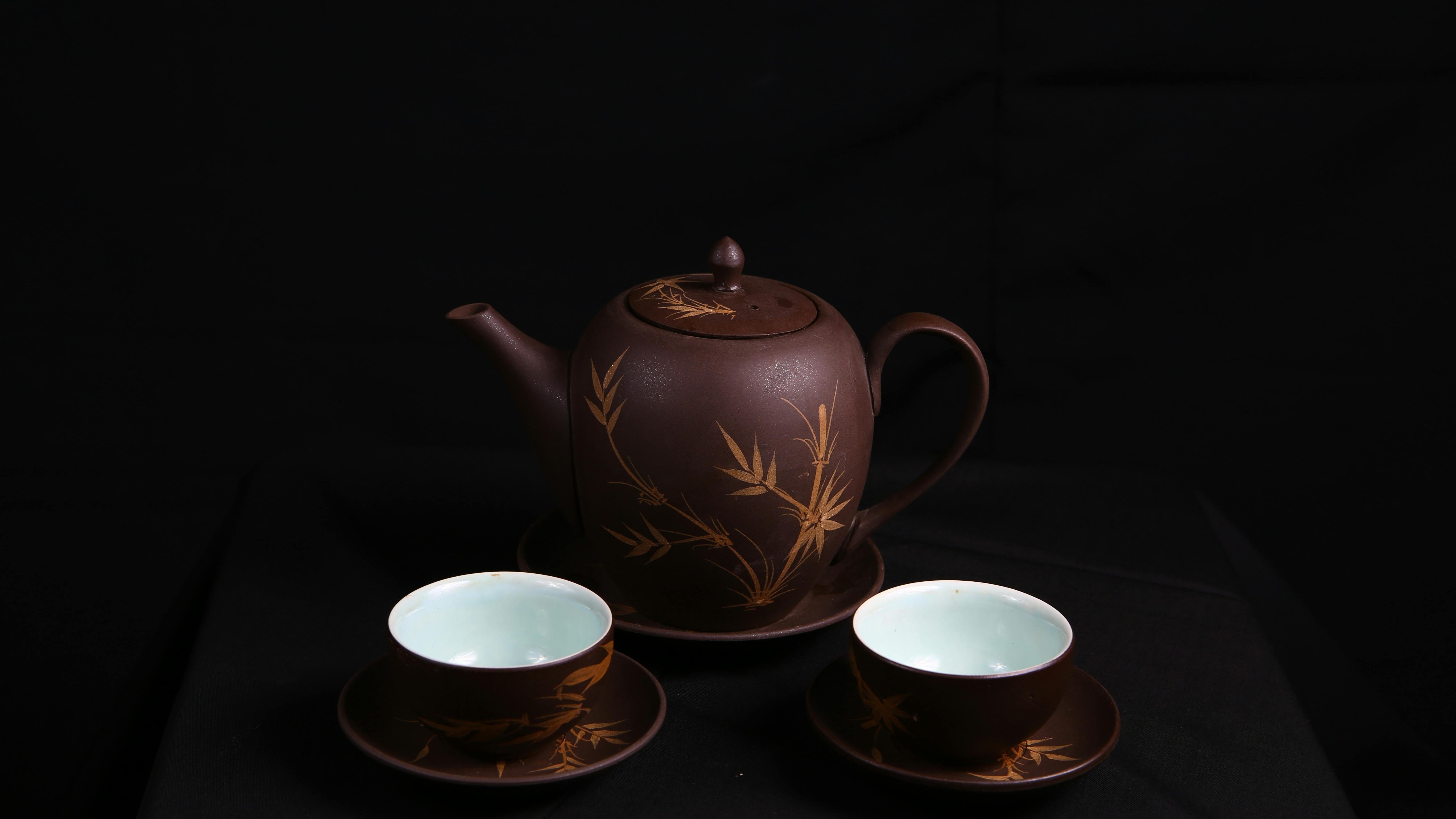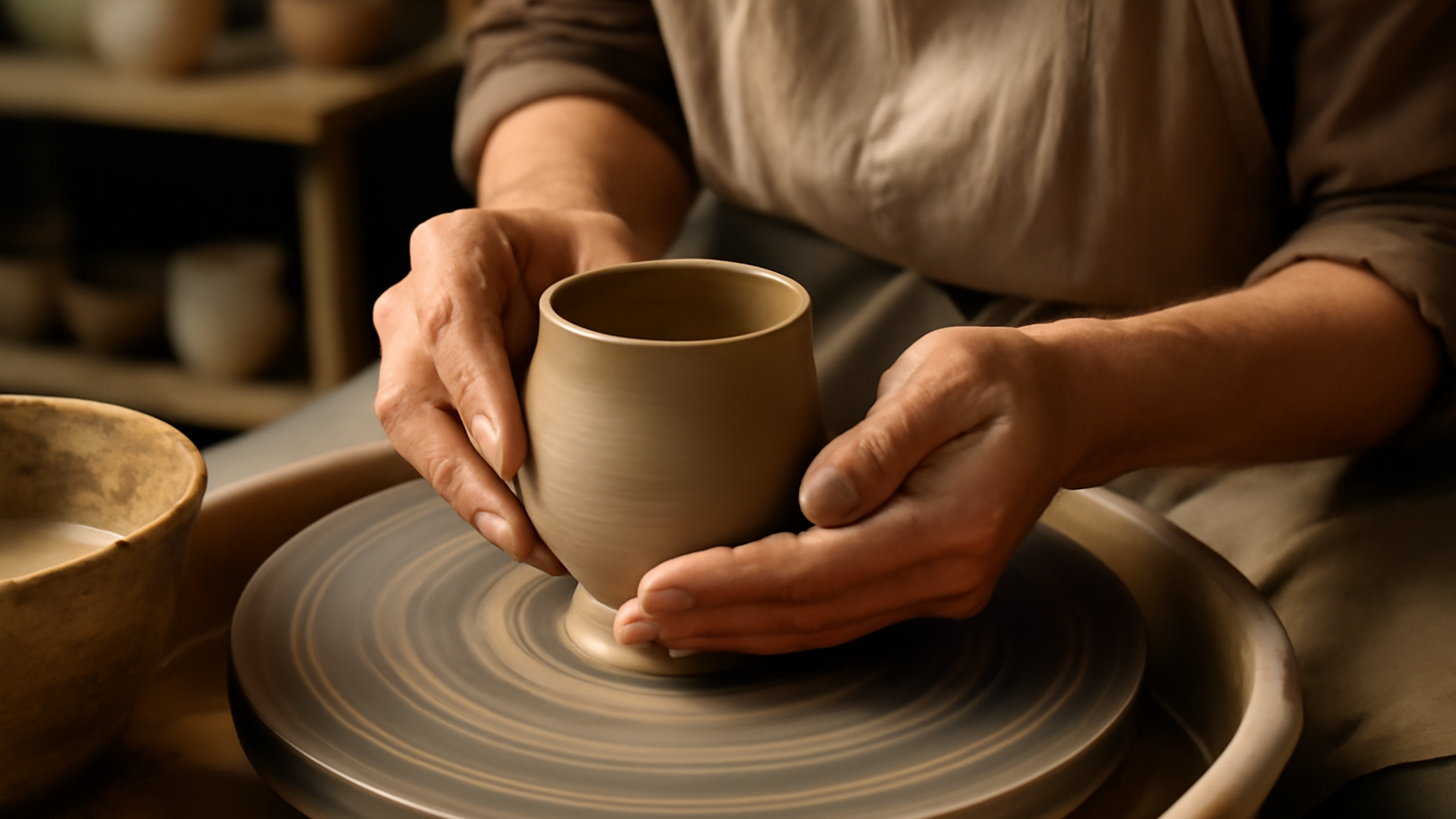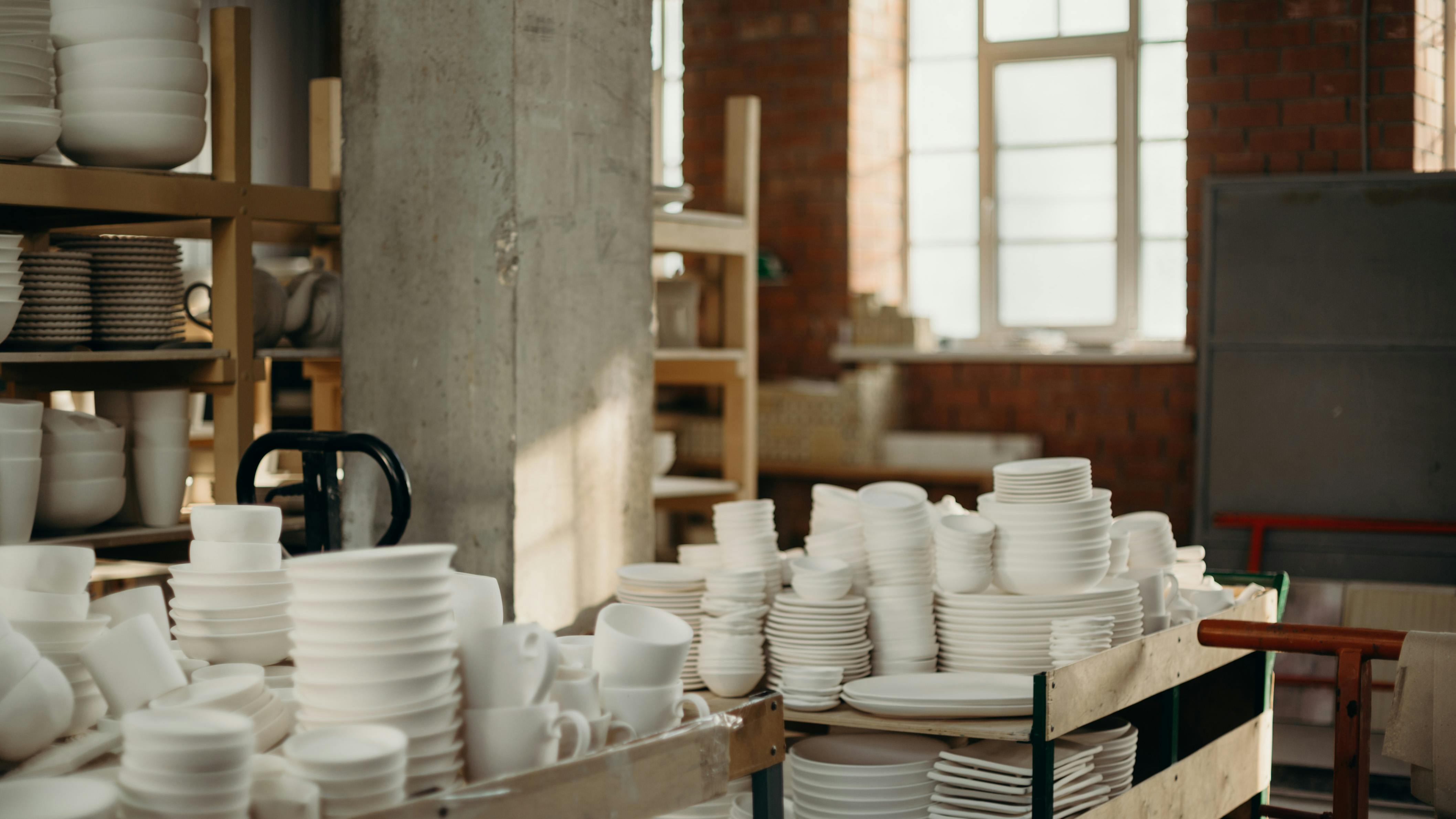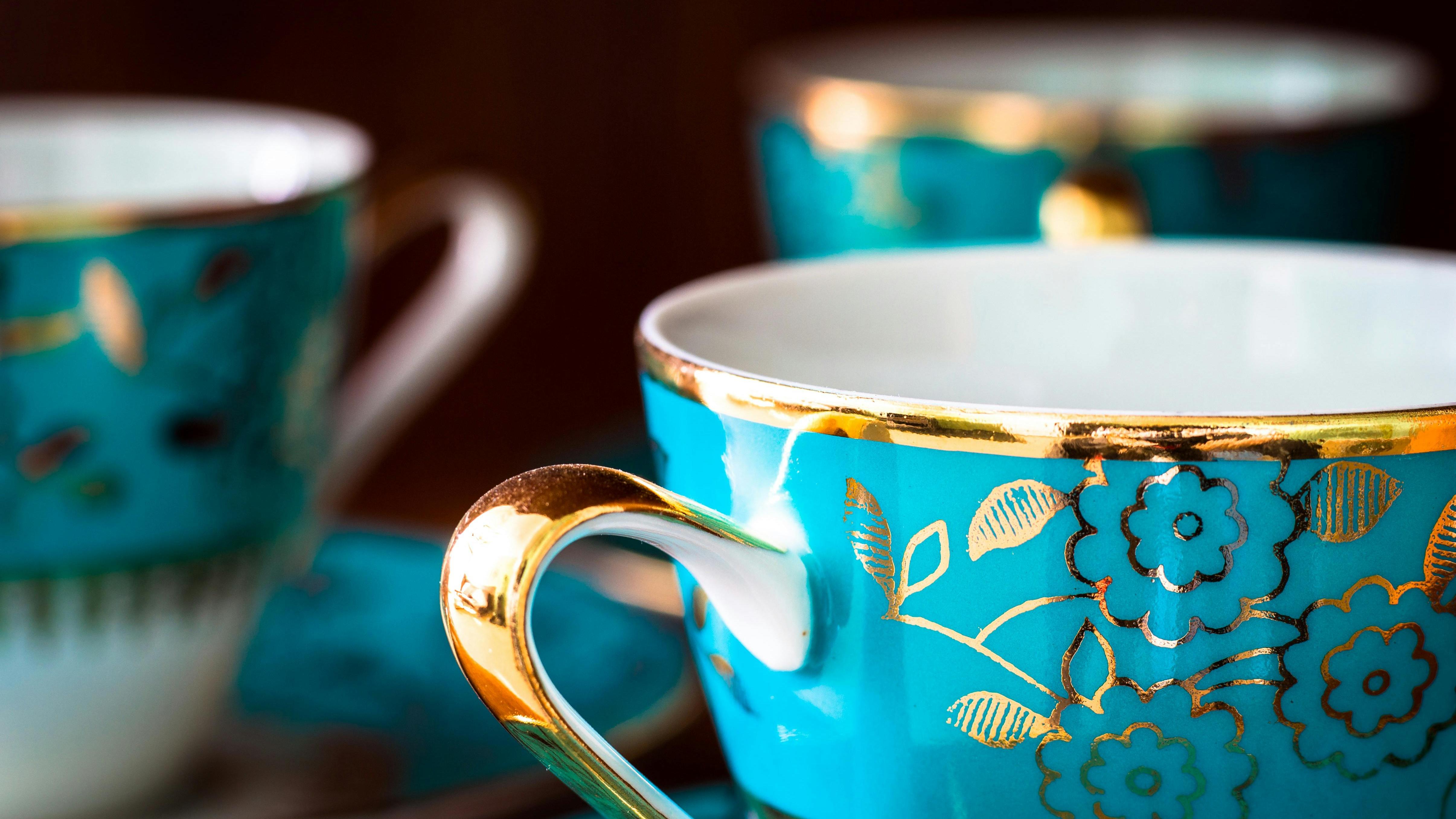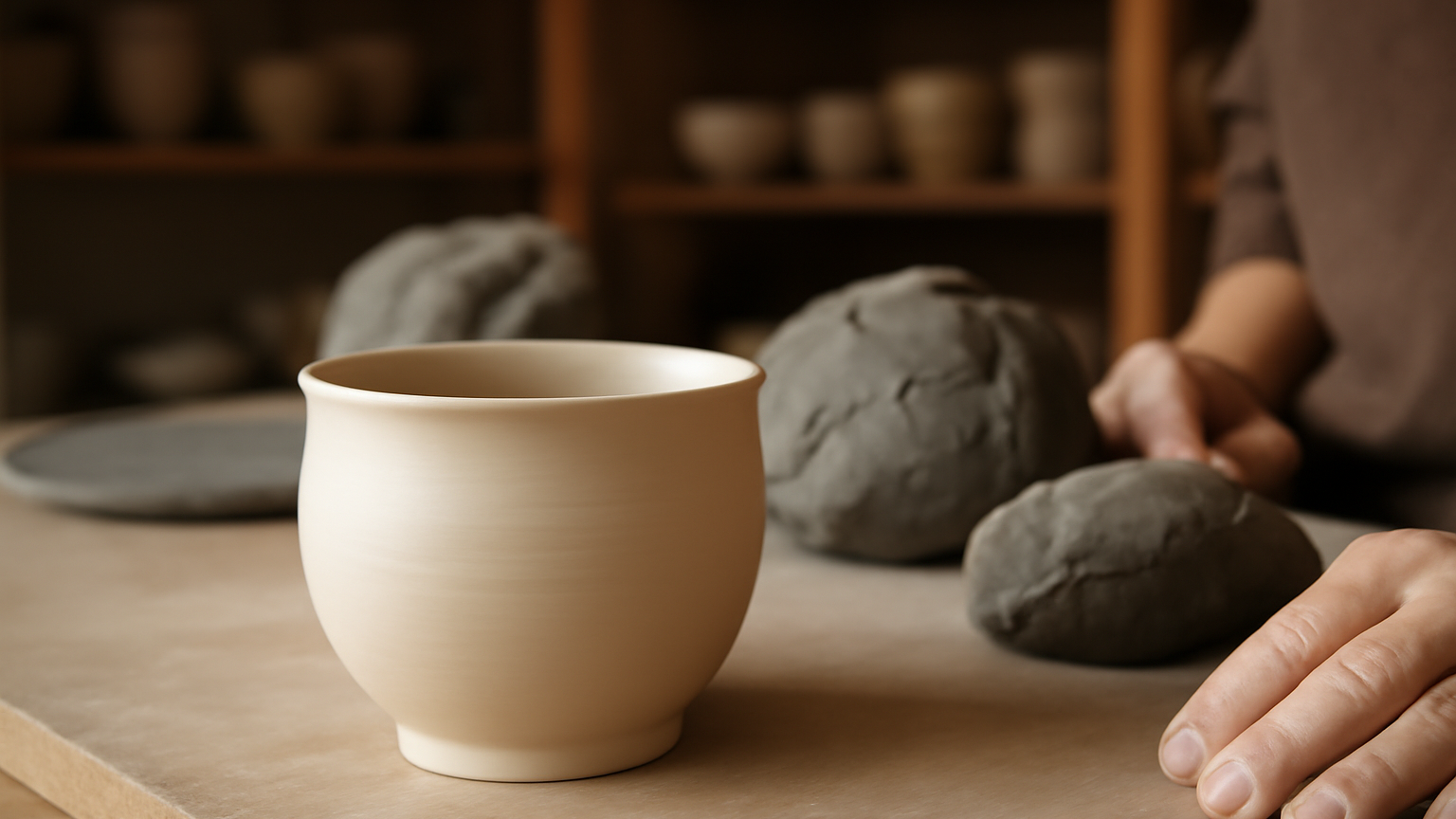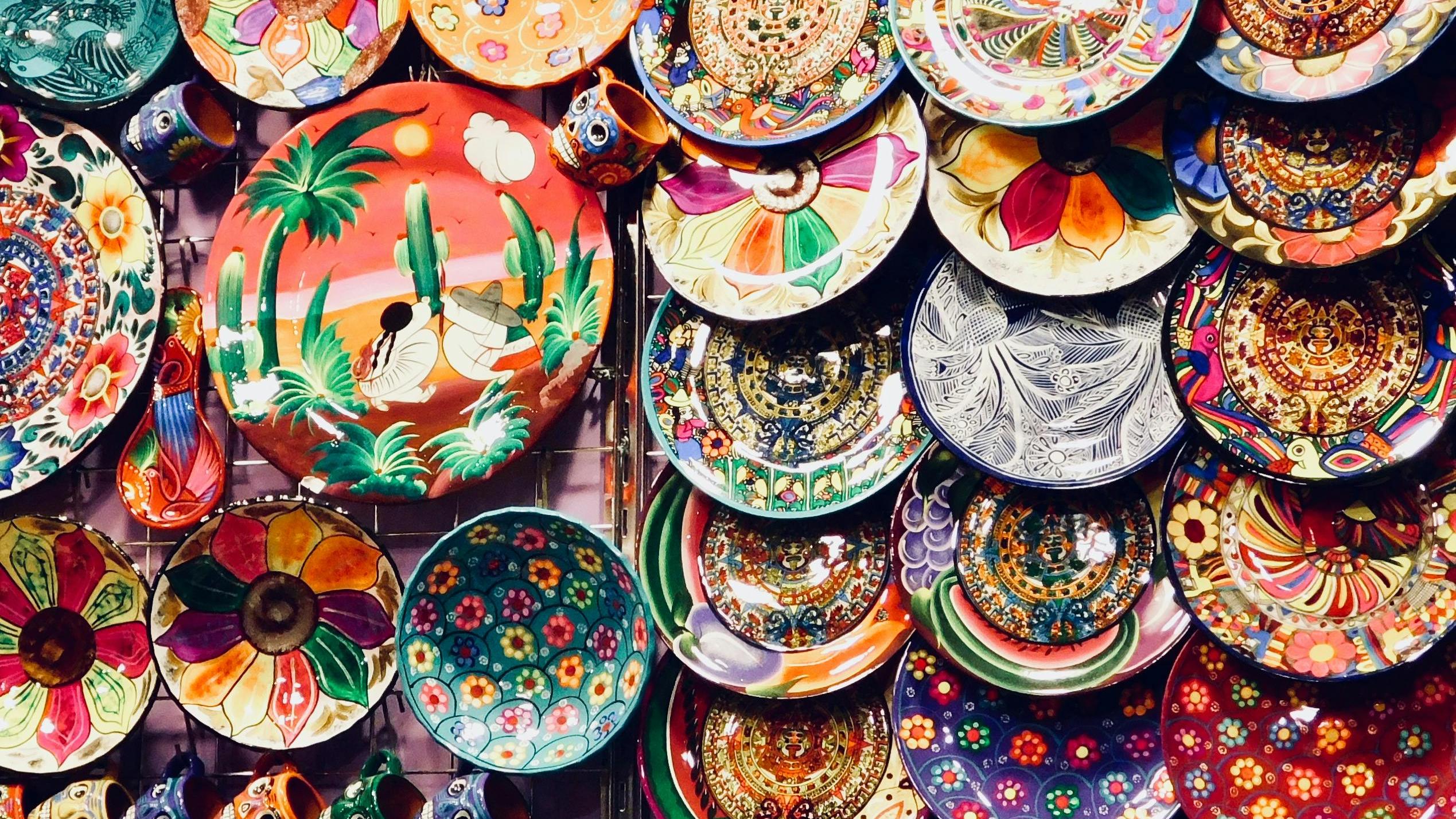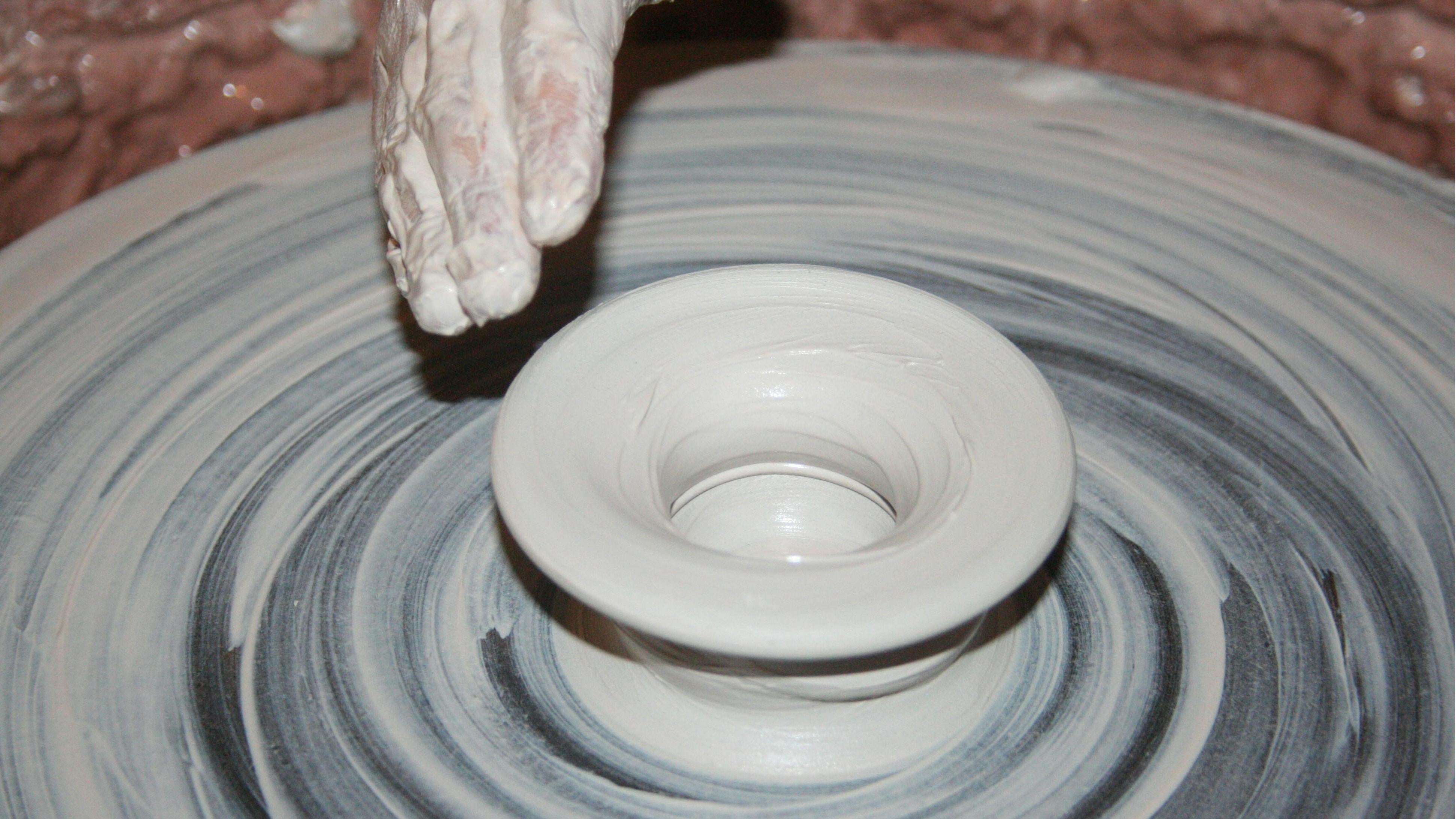
Perfectly Imperfect: What a Handmade Cup Can Teach Us
There’s a cup I reach for often. It’s quiet in color, a soft glaze with a tiny spot where the finish thinned near the rim. At first, I thought it was a flaw. Now, it’s the very thing that draws me back to it, again and again.

We live in a world obsessed with perfection—clean lines, flawless surfaces, symmetry without question. But handmade objects tell a different story. They speak of the human hand, of the moment the glaze ran slightly thicker, of the day the kiln fired a little hotter than expected. And in that unpredictability, something real happens.

I’ve held cups that feel almost alive. No two exactly the same. Some are slightly off-center, others have tiny pinholes in the glaze or a wobble to the foot. But somehow, those details make them feel warmer. More personal. More honest.
The beauty of these cups is not that they’re trying to be perfect—it’s that they’re not. They reflect the care and presence of someone who made them slowly, patiently. Someone who shaped them, not with precision machines, but with their breath, their rhythm, their fingers in clay.

There’s a tenderness in imperfection. It reminds us that beauty isn’t always found in what’s polished—it’s found in what’s true.
I often think about this when I hold my favorite cups. They don't just hold tea or coffee. They hold time. Process. Intention. The kind of imperfection that only comes from something made by hand, not in spite of it, but because of it.
Maybe that’s why they stay with me.

